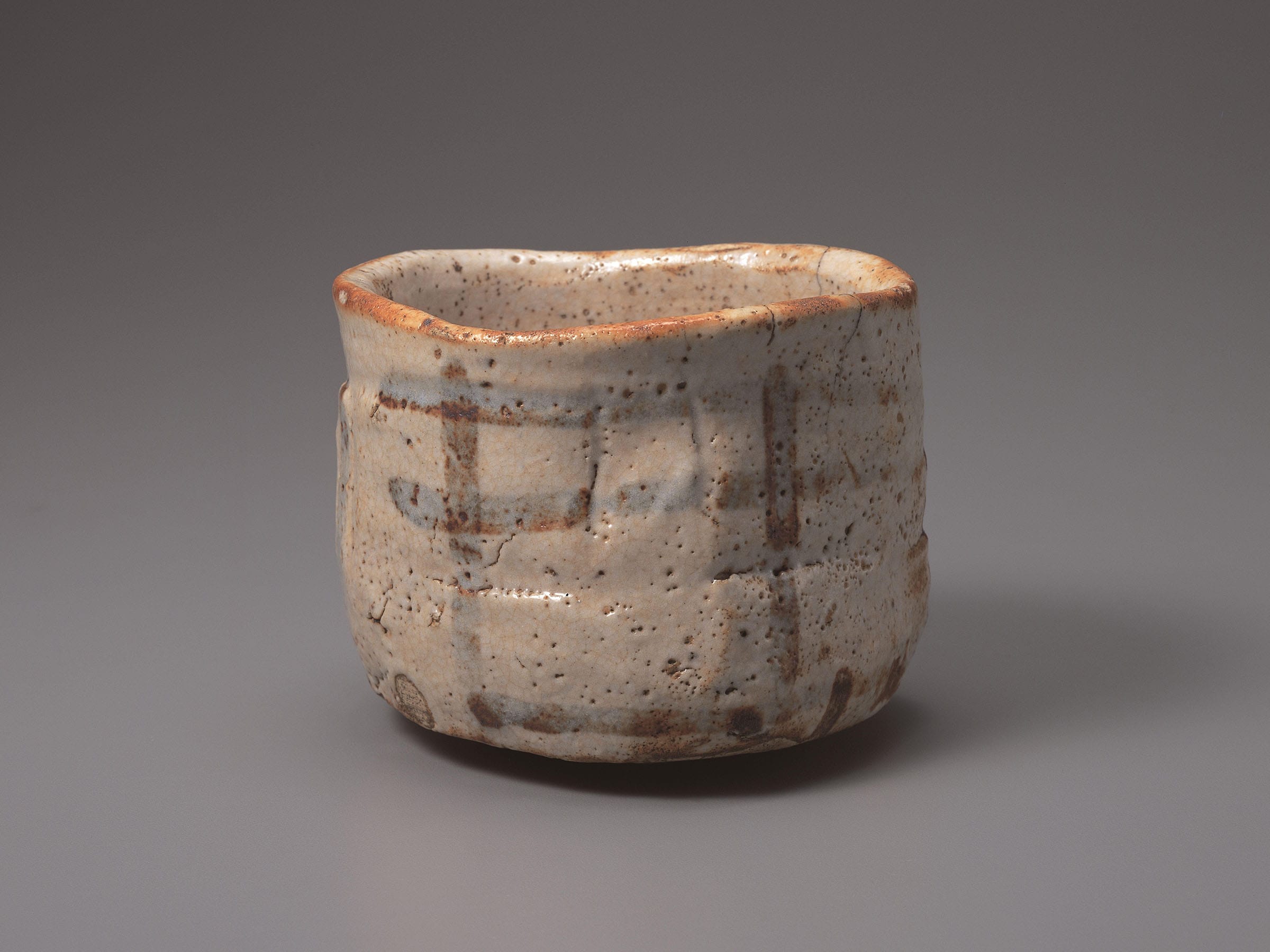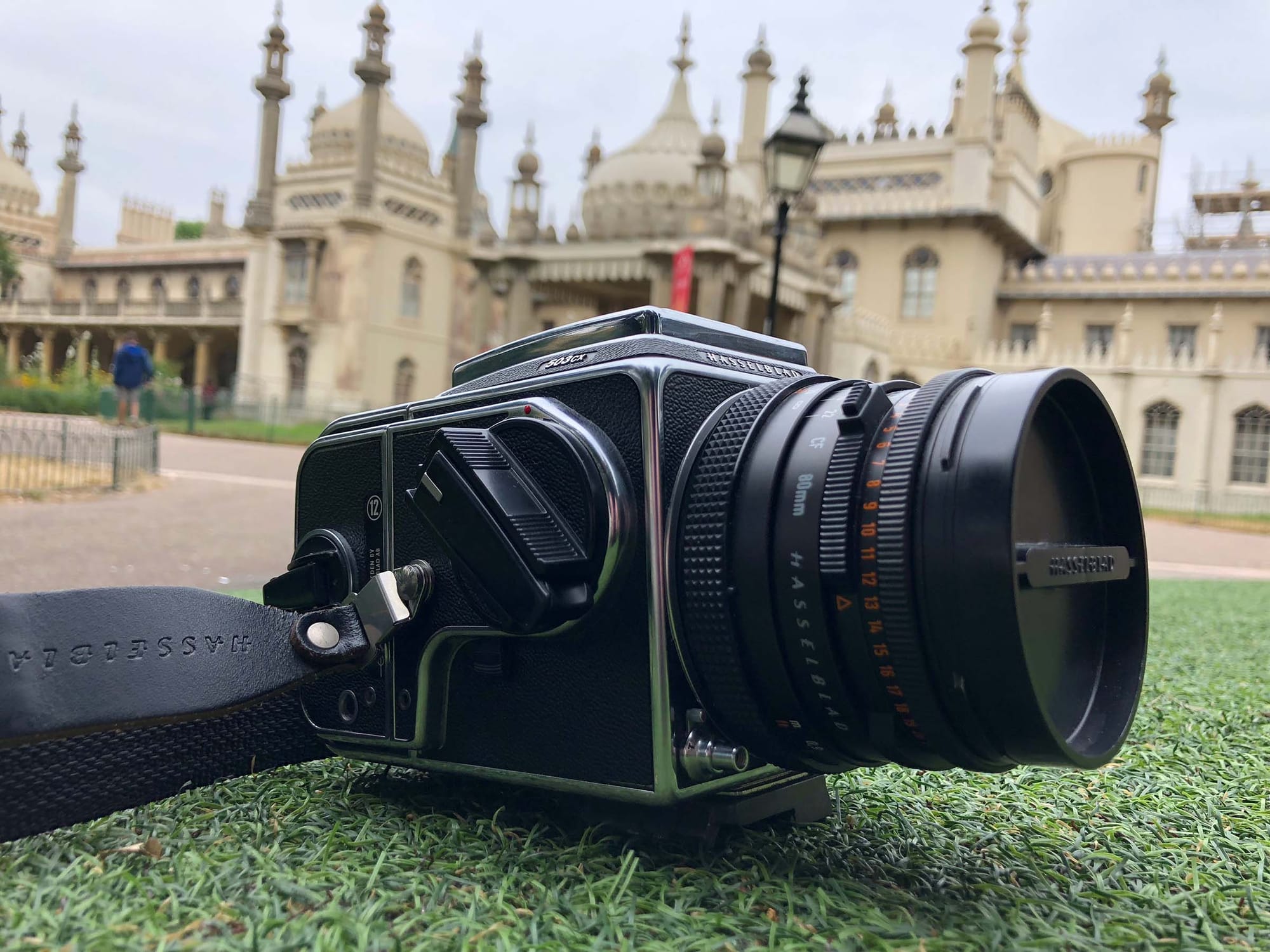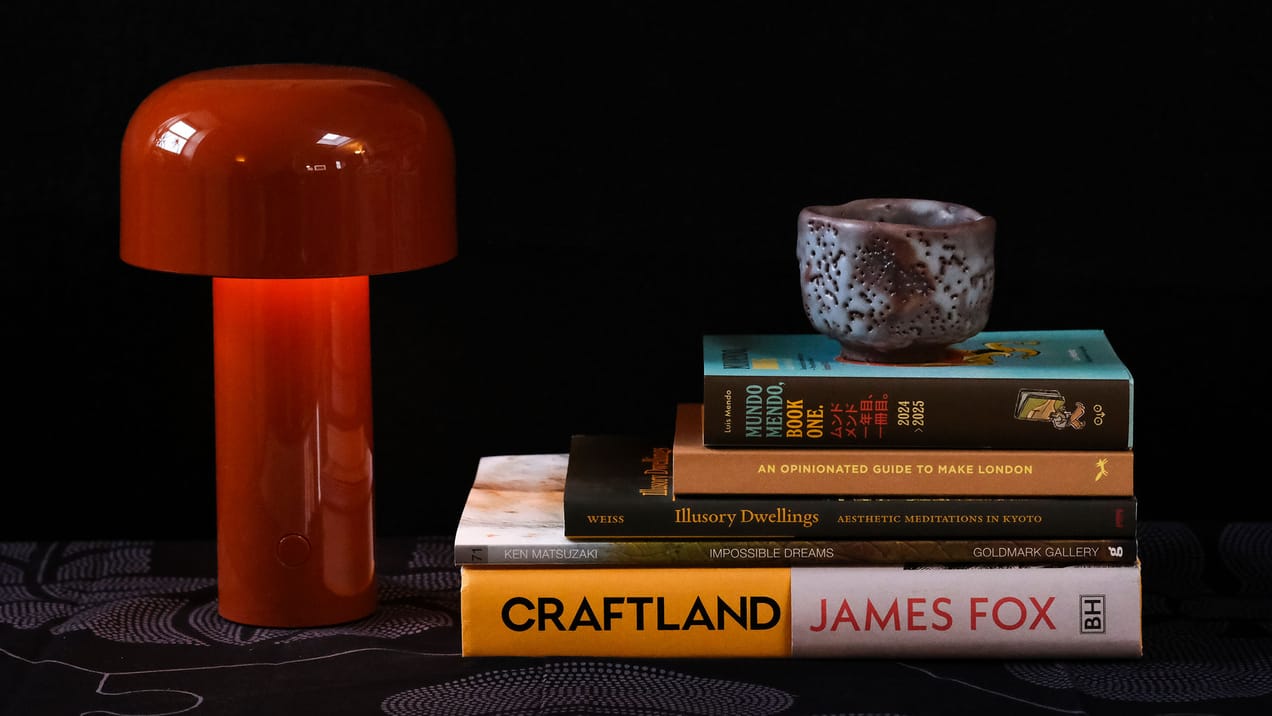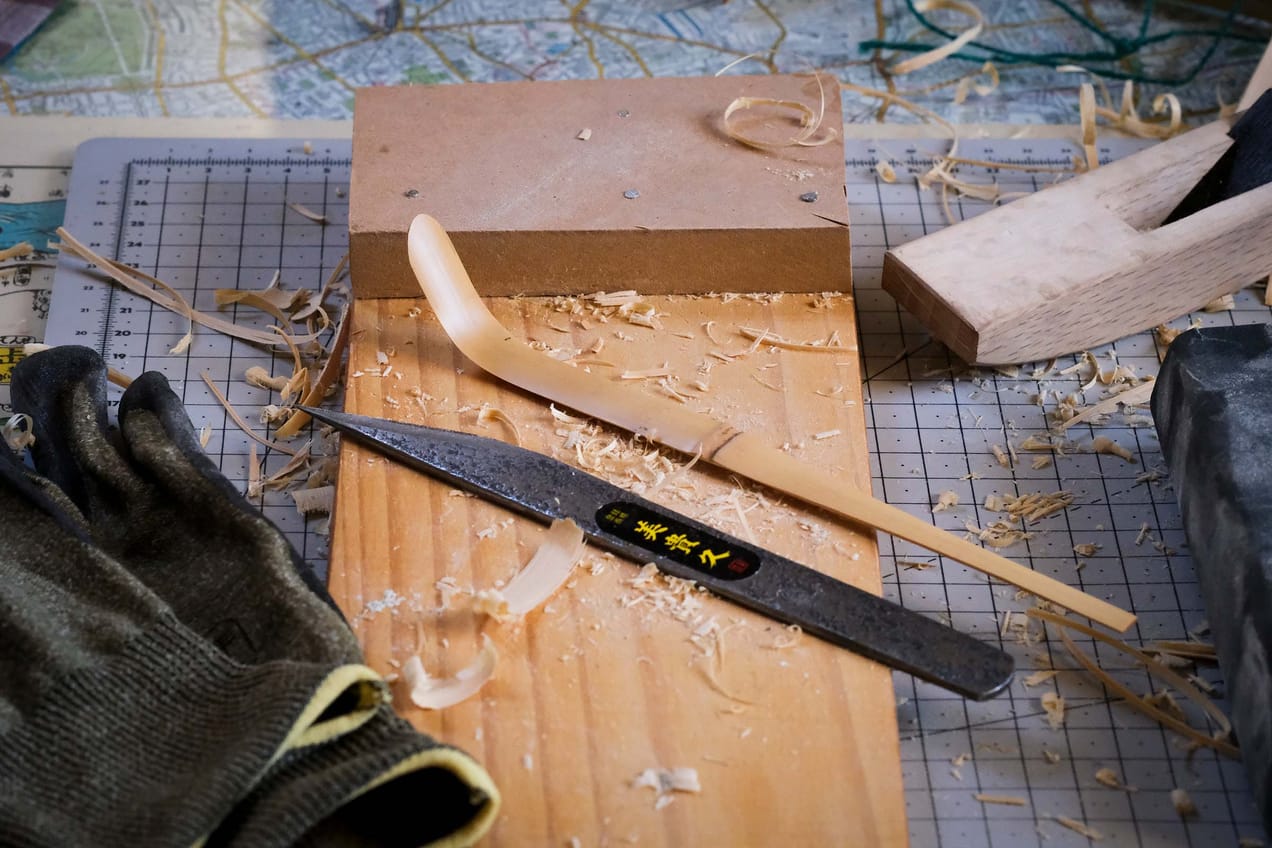
The Social Life of Objects
Republished and updated from The Craftsman Newsletter from October 2020
As my Summer went by without much of an actual summer-vibe, I found myself — like many others — spending more time at home. It was akin to being in a spaceship like in 2001: A Space Odyssey (without the evil computer), although I felt closer to the title character, a bus-driver turned spaceman, in Luis Alberto Spinetta's song El anillo del capitán Beto.
Lockdown made me notice, or finally act upon, small things I could do to improve my home environment. As I sorted, decluttered, re-cluttered, and investigated every single corner of the flat I also came across loved objects that I had been neglecting. In the same vein that William Morris exhorted us to have nothing in your house that you do not know to be useful or believe to be beautiful, or Marie Kondo with her 'does it spark joy' principle, I decided to give them a more prominent role in my everyday life. Rediscovering some of the pieces that I had lying around made me consider what makes an object meaningful.
What makes an object valuable? It could be the materials it's made of, the fame of the maker, its relevance in a given environment, or the perceived value granted by the community. The quality and the longevity could add to it too, although these have become less important in our throwaway and fast-fashion dominated culture.There's another value-adding component that is likely more important to people. It's a combination of the social bonds that the object has created during its lifetime, the meaning it carries from taking part in special occasions, and the history of the object itself. Given the endless hours I've spent in the last couple of months at the British Library diving into Japanese craftsmanship, I'll refer to examples from it to talk about the social life of objects.
The sense of time
The famed 16th century Japanese tea master Sen no Rikyū is credited with consolidating a way of tea, wabi-cha, that emphasised the sense of time passing. During Rikyū’s tea ceremonies he would pick objects that expressed beauty through their simplicity, provided solace through their imperfections, and were attuned to the seasons and the guests gathered in the tea room.
Everything that exists in the present moment is grounded in the perception of its past, which can be mythical, factual, or cultural. A tea bowl can be a functional vessel or an artistic object (or both). A typical Asian handmade bowl has no handle. You hold it in your hands, touching the same clay that the potter touched, the maker’s presence literally imprinted in it. The object’s imperfections reflect the irregularities of our own lives. In Japanese crafts it’s readily accepted that a handmade object is infused with the creator’s spirit.

Objects with history
Beyond the maker's touch, the history of an object adds another layer to its social life. Sometimes the maker is famous or belongs to a family with a long heritage. Or it can be made by an anonymous craftsman, like with the ordinary functional objects celebrated by the folk-craft or Mingei movement.
The story of the objects could be rooted in troubled origins too, like the Korean potters kidnapped to work in Japan five hundred years ago by orders of the warlord Toyotomi Hideyoshi, which gave birth to many revered Japanese ceramic traditions.
Social bonds
An object forges a relationship with the person that uses it, or even just stares at it, regularly. That’s why many give a name to their car. When I wear my late father’s watch I’m not seeking for a tool to tell the time, after all my phone can do that more efficiently, but a physical closeness that keeps the memory of a loved person alive.
Some tea bowls that have been handed down through the centuries are considered National Treasures of Japan, and have been given individual names, like Unohanagaki or Kizaemon Ido, the latter being a simple Korean-made bowl currently resting in a Zen temple in Kyoto after a long life of service.If giving loved things a name wasn’t enough to create a social bond, there’s a belief in Japanese folklore that household objects that have served their owners for 99 years are rewarded by obtaining a soul. They become a Tsukumogami (referencing the Kami spirits from Shintoism). I guess that from this point onwards you could have an actual conversation with these self-aware beings, although there’s the risk that they could turn out maleficent if treated badly, like the Bakezōri, discarded straw sandals that create a rumpus among humans.
I own a fountain pen that was gifted to my grandfather in 1922. I hope I’ve treated it well enough or else I’m in for some trouble.

A dependable friendship
This relationship we forge with objects deepens when they prove reliable companions over time. Maybe one of the reasons we love old analogue things is not because of nostalgia or a preference for vintage looks, but because they offer respite from the relentless speed of digital technology. They remain usable, understandable, even more reliable as time passes. My Hasselblad and Nikon cameras from the ’80s are two such objects. Their familiarity and dependability lingers on way past that of my digital cameras.In a London Craft Week digital talk streamed during lockdown, antique dealer Max Rollitt defined his restoration work as dealing with things that have developed “a character over time. You have the original piece and with time it’s had a life, it’s lived in the sun, it’s lived in damp, it’s been handled, it’s been loved, and it’s been used.”Things are not valuable to us because they are expensive, but because we have built a social relationship with them through our life together.
In December 2018 I was in New York on a business trip. Just before heading back to the airport I went to a tea house for a comforting bowl of matcha. You could have it prepared in any of the vessels exhibited by the front window, and I picked one by New York-based Japanese potter Mako Nishimori. It had a rough surface, a milky white colour that would allow the matcha’s bright green to stand out, and it sat in my hand with a comforting gentleness. On its bottom, the clay had cracked in the shape of an Ura Manji cross, an important symbol in Buddhism. The tea prepared by Tea Master Souheki Mori, the peaceful atmosphere of the place, and the conversation I had with another customer on the tatami all made this moment memorable, so much so that I decided to bring the tea bowl back home with me. I haven’t given it a name yet. However, whenever I use it, I’m transported to that moment and place in time, and a smile lights up my face.



